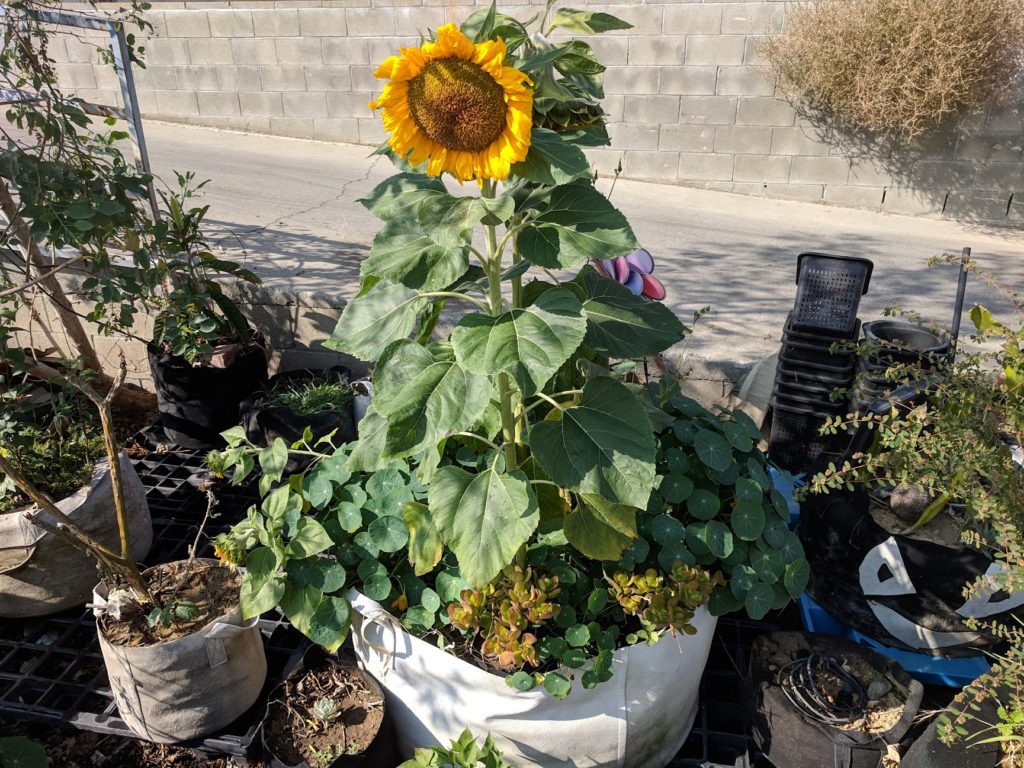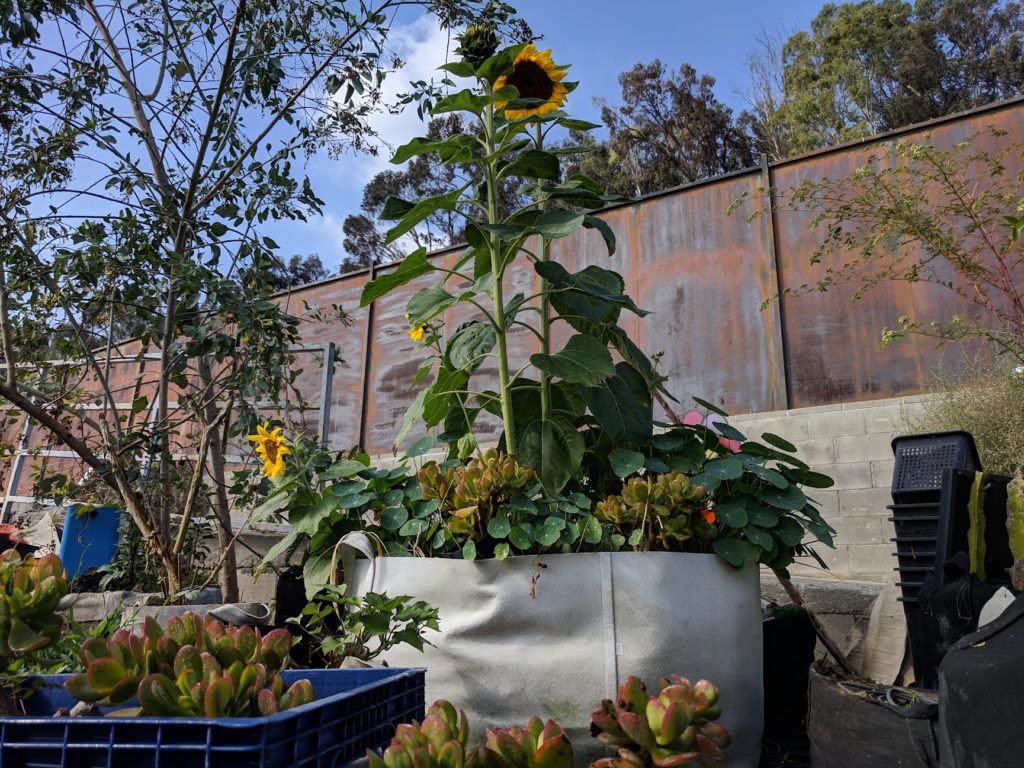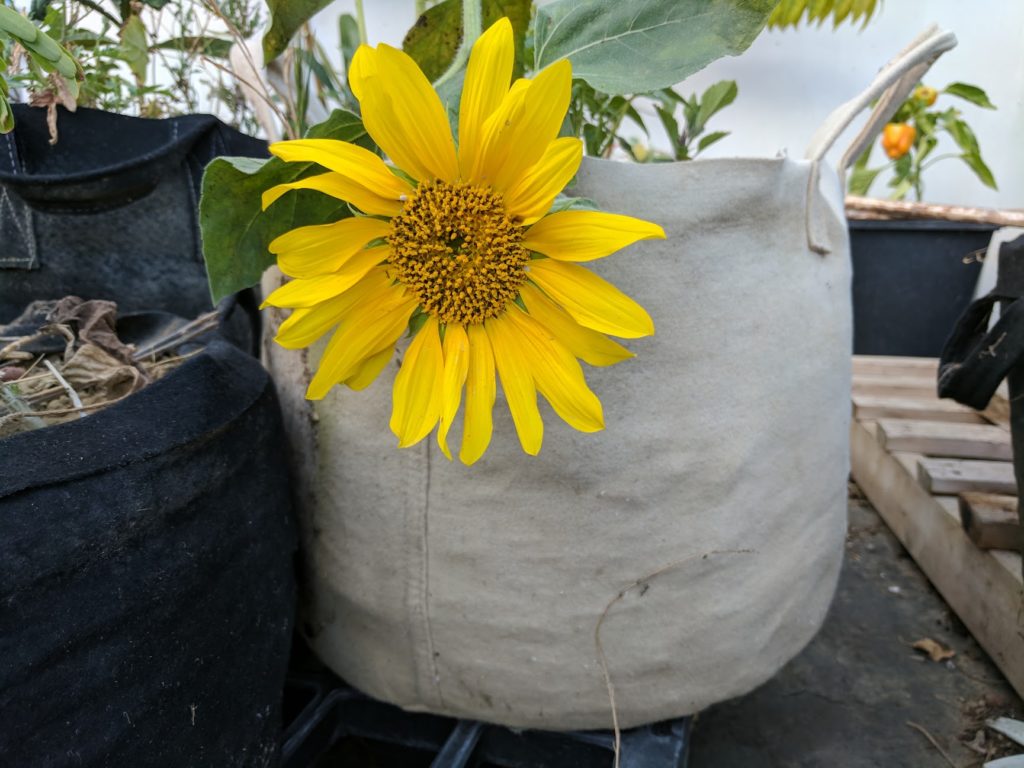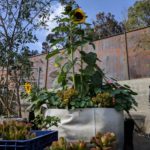Sunflowers are used to assist in clean up after a nuclear disaster. They are hyperaccumulators, capable of absorbing toxic heavy metals from the ground and have been planted at both Chernobyl and Fukushima in the attempt to aid in soil restoration.

Sunflowers can aid in mitigating the effects of nuclear disasters in several ways:
- Phytoremediation: Sunflowers have been shown to absorb heavy metals and radioactive isotopes from contaminated soil, making it safer for plants and animals.
- Biomass production: Sunflowers can be grown in contaminated areas to produce biomass, which can then be burned to reduce the concentration of radioactive isotopes in the environment.
- Soil stabilizationization: Sunflowers have deep roots that can help stabilize soil, reducing erosion and minimizing the spread of radioactive contaminants.
- Shade and cooling: Sunflowers can provide shade and cooling to reduce the harmful effects of radiation exposure on people and wildlife in the area.



Note: Sunflowers are not a complete solution to the problem of nuclear disasters, but they can play a role in reducing the damage caused by such events.

